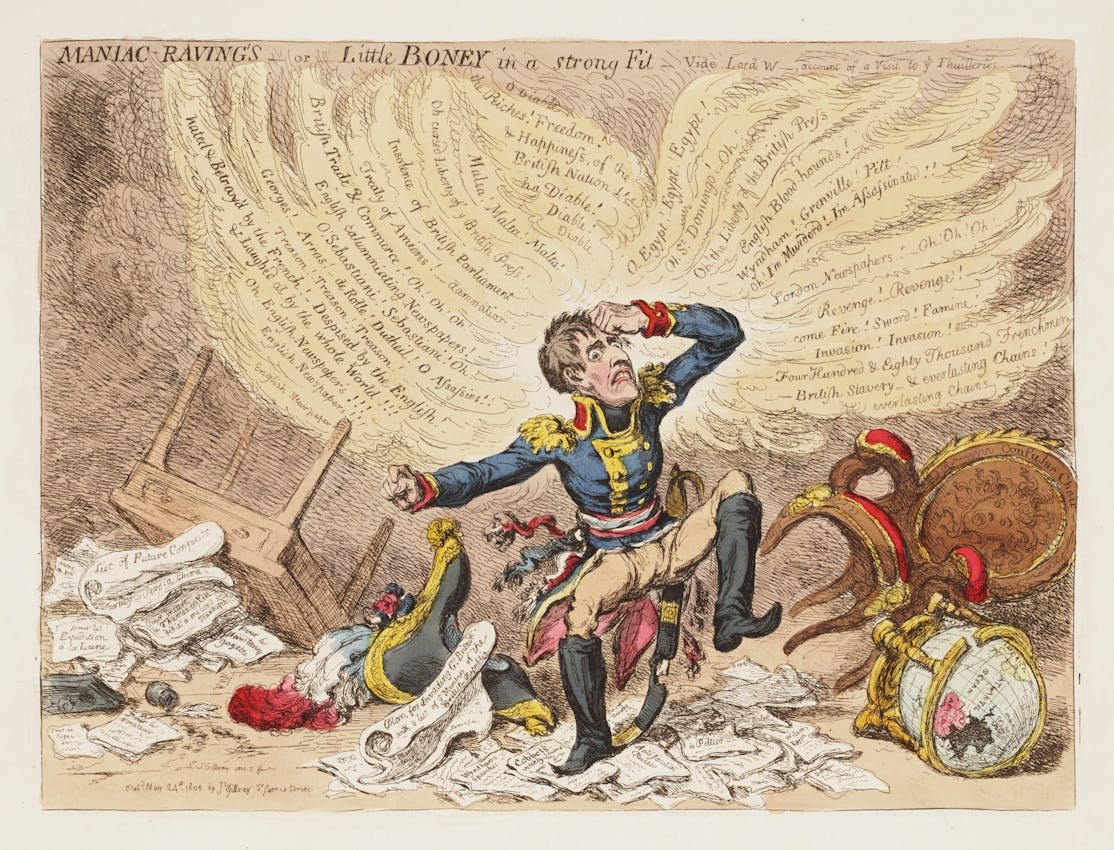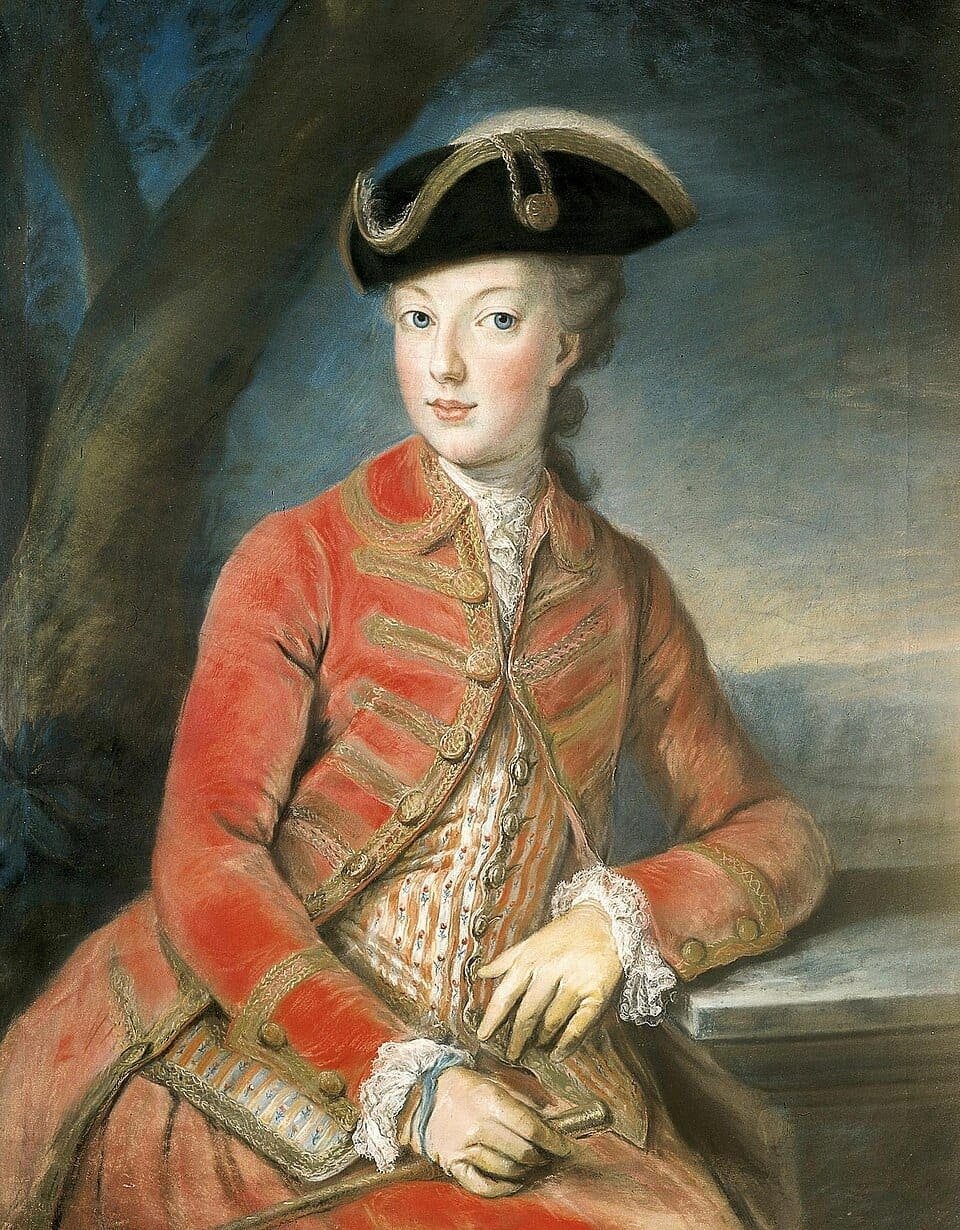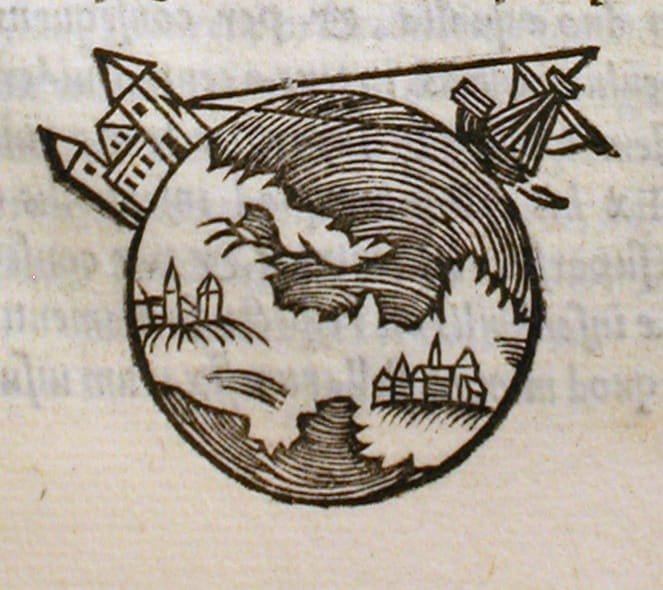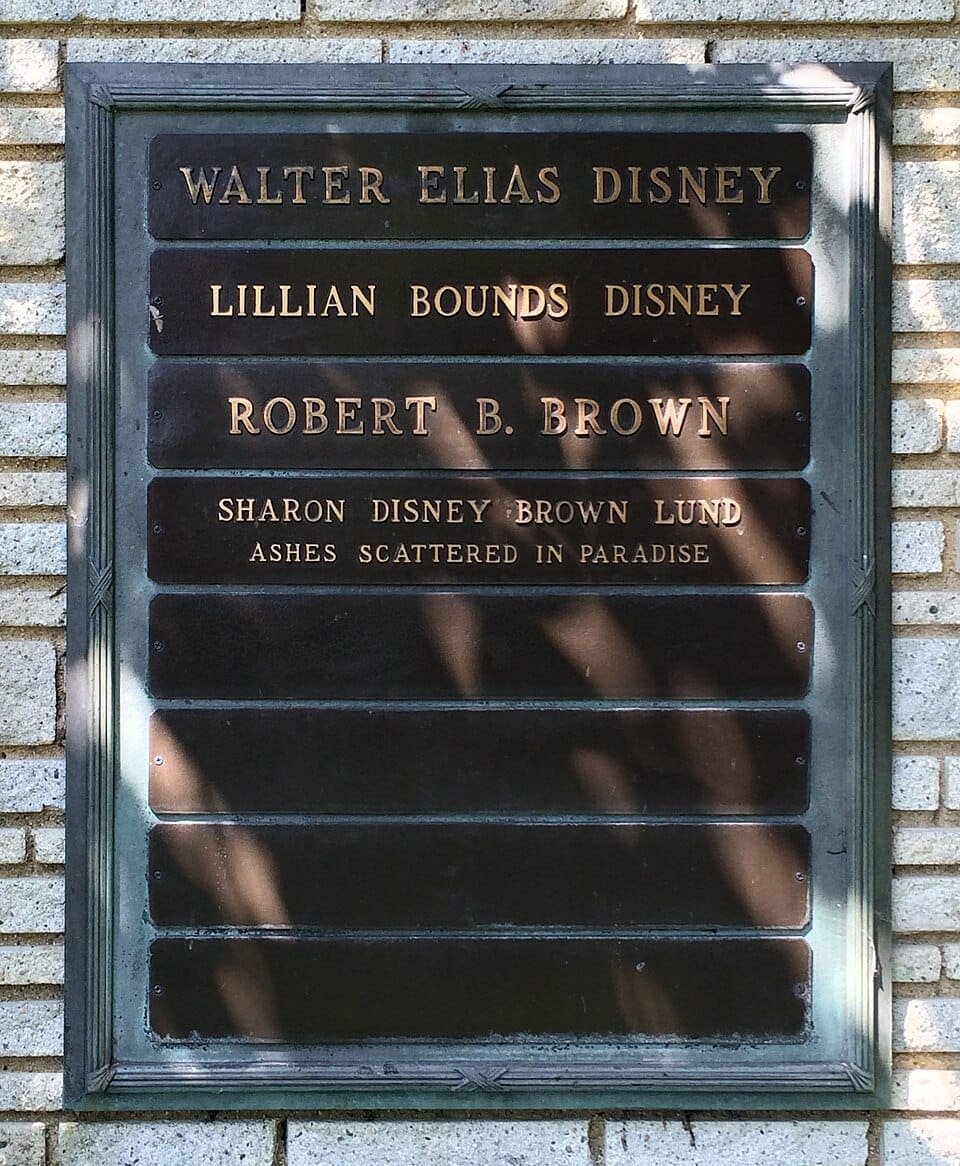Fact-Checking Fake History: Debunking Famous Urban Legends

Okay, class, today we’re fact-checking fake history stories, ones that you probably still believe because of the brain rot videos you watch on TikTok.
No, seriously, these five urban legends are so famous that you’ve probably heard them a few too many times already.
A queen who told starving people to eat cake. A tiny general who ruled Europe. And of course, that flat Earth idea. Sound familiar? The thing is, these are some of the most persistent urban legends — and they’re not just funny misunderstandings. They shape how we see the past, and sometimes, even the present.
So, let’s clear the air. These five bits of fake history have been passed around like family recipes… only the ingredients are totally off. Here’s what actually happened:
1. “It’s Illegal to Take Pictures of the Eiffel Tower at Night”
Sounds ridiculous, right? But like many urban legends, this one has a pinch of truth in it. The Eiffel Tower itself is free to photograph — it’s in the public domain. But the sparkling light show at night? That’s a copyrighted artistic installation.
The European Copyright Law protects monuments for the creator’s lifetime plus 70 years, so the Eiffel Tower itself entered the public domain in 1993, 70 years after Gustave Eiffel’s death.
However, the tower’s iconic nighttime lighting, installed in 1985 by Pierre Bideau, is treated as a separate artistic work. Since Bideau died in 2021, the light show remains under copyright until 2094.

Simply put, using night photos of the illuminated tower for commercial purposes (like ads or film) technically requires permission. The copyright belongs to the artists, not the monument.
However, for tourists snapping pictures for private use only, there’s nothing to worry about! Personal photos on social media are completely legal and rarely — if ever — challenged.
FACT: It’s not illegal for individuals, just don’t try to sell your Eiffel Tower night shots to a stock photo site.
2. “Napoleon Was Incredibly Short”
The “Napoleon complex” lives on in memes and movies. He was even dubbed as the “Le Petit Corporal” (The Little Corporal). But during his reign, this nickname was intended as a term of affection by his soldiers.
But the truth is the guy was about 5’6” or 5’7”, perfectly average for a Frenchman of his time.
The myth was mainly British propaganda, fueled during the years of war. In a depiction by cartoonist James Gillray, he introduced the character “Little Boney,” who resembled a childish Napoleon, throwing a tantrum and flipping furniture.

Also, French measurements were different back then — their “inch” was slightly longer. So even when listed at 5’2” in French units, Napoleon wasn’t unusually short.
Although his Imperial Guard was elite and tall, making him seem smaller in portraits and battlefield images. This visual contrast stuck in people’s minds.
FACT: Napoleon wasn’t tiny — just surrounded by tall dudes and targeted by clever propaganda.
3. “Marie Antoinette Said ‘Let Them Eat Cake’”
If you’ve ever heard this quote used to mock the rich, you’re not alone. But Marie Antoinette never said it.
What Marie Antoinette allegedly said was, “Qu’ils mangent de la brioche,” which translates to “Let them eat brioche.” Although brioche costs more than a baguette because of its rich butter and egg content, it isn’t the layered, frosted cake many people imagine.
The cake is a lie that first appeared in Jean-Jacques Rousseau’s autobiography, when Marie was only 10 years old and still in Austria. Revolutionary forces later slapped the quote on her name to paint her as cruel and clueless.

Revolutionaries beheaded Marie Antoinette during the French Revolution and amplified her image as a frivolous, out-of-touch queen. They used this portrayal to fuel public anger, painting her as someone so detached from the people that she could say something as heartless as “let them eat cake.”
FACT: The quote existed, alright. It just didn’t come from her lips. It’s historical slander in action.
4. “People in the Middle Ages Believed the Earth Was Flat”
Let’s put this one to rest. Medieval people, especially the educated, did not believe in a flat Earth.
Many people today mistakenly believe that folks in the Middle Ages thought the Earth was flat—but that’s a modern myth. This false idea gained traction after some early American schools used a book by Washington Irving, which inaccurately claimed medieval people believed in a flat Earth.
In fact, Greek philosophers, such as Pythagoras and Aristotle, had already described a round Earth centuries before. By the Middle Ages, most scholars, including the Church, had accepted the Earth’s shape. Sailors even navigated based on this knowledge.

FACT: Medieval minds weren’t flat, just misunderstood by 19th-century writers with an agenda.
5. “Walt Disney Was Cryogenically Frozen”
This one sounds like a sci-fi plot twist, but no — Walt Disney was not frozen. He died in 1966 and was cremated soon after. His ashes are at Forest Lawn Memorial Park in Glendale, California.

The rumor started in the 1970s, probably fueled by Disney’s famously private nature and a wave of interest in cryogenics at the time. Since then, it’s become one of Hollywood’s weirdest pieces of fake history.
Disney’s family, company, and biographers have all denied it repeatedly.
FACT: No frozen Disney head in Disneyland — just a very persistent urban legend.
Facts Behind Fake History Stories: Revealed!
Fake history doesn’t stick because it’s accurate; it sticks because it’s catchy. These myths show how easily a small distortion, mistranslation, or smear campaign can become a “fact” for generations.
From misunderstood monarchs to misunderstood measurements, it’s clear that not everything you learned in school — or on the internet, for that matter — should be taken at face value. So, the next time you hear something that sounds too historic to question, maybe give it a second look. The truth is almost always stranger — and way more interesting — than the myth.
SOURCES:


